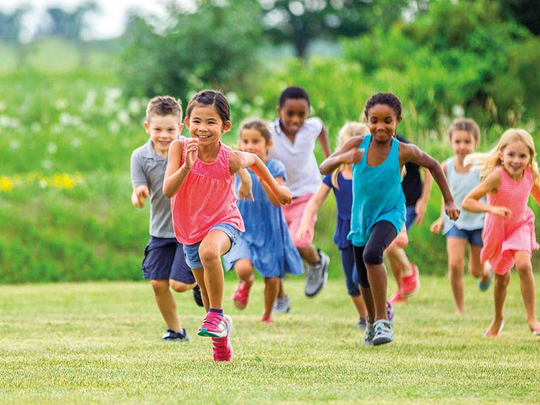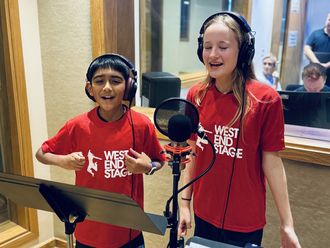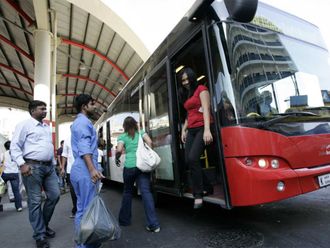
Earlier this year, Dubai Health Authority (DHA) and the Knowledge and Human Development Authority announced plans to increase physical exercise recommendations for children to 150 minutes a week. The idea was to tackle Dubai’s childhood obesity issues and its associated complications such as type 2 diabetes.
The ethos isn’t difficult — by combining a healthy diet with an active lifestyle many of these problems can be avoided.
One organisation that shares DHA’s desire to encourage Dubai’s next generation to get active is Little Gladiators gym on the Palm Jumeirah. Billed as the UAE’s first kids -only gym, Little Gladiators’ primary aim is to encourage and develop youngsters’ relationships with training and exercise.
Alice Sansby, Gymnastics Head Coach at Little Gladiators, is familiar with dealing with kids who are initially reluctant to embrace a gym environment. “We try to find a sport that kids feel comfortable with,” she says. “At Little Gladiators, we offer a lot of things including swimming, cardio, kickboxing and gymnastics.
“All children are different. Some are very confident and with some, we need to bring them out of their shell. It’s a case of discovering what they like. Some children, for example, like music, so we may put some on for them while they do their exercise or some children prefer to exercise with a buddy.”
Getting results
Sansby is keen to stress that individual kids’ progression varies due to different factors that they can’t always control. “The success depends on how frequently kids visit the gym and also what they are doing at home, between the visits. It also depends how hard the parents are working. We do have some really dedicated parents who work with them on nutrition and exercise outside of the gym. With kids, we generally like to see positive results within two months.”
The staff at Little Gladiators see their role as more than a simple client-trainer relationship. They believe that kids should develop additional skills and strength that will equip them for adult life. This is partly why Sansby is reluctant to pressurise certain children into performing at a higher level if she doesn’t feel it will benefit them in the long run.
“It’s important not to push children too far because they are only children and it’s also not pushing them too far emotionally. What we are teaching them about exercise will last them a lifetime, so we don’t want to give them a complex. We don’t want children to look at the media and magazines and think that is how we want them to look,” she says.
Creating the right environment
Little Gladiators has been designed in an open plan, where kids can see all of the exercise classes. The children, whose ages range between two and 14, have access to cardio bikes equipped with computer screens, where they can race other virtual bikes to encourage them to push themselves. They are encouraged to interact with each other and staff. “We don’t just teach kids how to exercise — we teach them how to help others and to be around other children who can,” says Sansby. “We encourage kids to help others when they need lifting up, they’re having a bad day exercising or they’re not feeling like coming in to the gym.”
If you’re concerned that it’ll be difficult to persuade your child to try Little Gladiators, Sansby offers a simple solution. “I would suggest that you bring the kids to the gym to simply watch at first. Let them have a look around and see how the other children are enjoying themselves.”











